Lights, camera, banter! From the chunky-knit sweaters of When Harry Met Sally… to the culinary trials and triumphs of Julie & Julia, each entry in Nora Ephron’s cinematic universe is as much a master class of meet-cutes as it is guiltless pleasure. Ilana Kaplan’s Nora Ephron at the Movies, released October 29 from Abrams, is a visual celebration of the writer-director’s distinctive approach to world-building. “Growing up enamored with Old Hollywood romance flicks such as The Lady Vanishes (1938), An Affair to Remember (1957), and The Apartment (1960) informed Nora’s rom-com framework, but she brought her own personal twists to the genre,” Kaplan writes in the opening essay, “Reinventing the Rom-Com.” “She added the neuroses of Woody Allen, quippy dialogue, a sense of nostalgia, and real female heroines written through the female gaze.”
Moreso, “she made ordinary connections—an email exchange or a voice on a radio show—feel like destiny, quenching audiences’ thirst for old-school Hollywood romance with an added layer of vulnerability and intimacy,” Kaplan writes.
‘Nora Ephron at the Movies’ by Ilana Kaplan
Throughout 12 chapters about her directing, scripts, essays, and plays, Ephron’s trajectory from eldest daughter in a family of scribes (her younger sister Delia would eventually become her writing partner) to “enfant terrible of the New Journalism” and driving force of the rom-com resurgence is clear. Even in the final act of her life, Ephron remained the author of her story. “It was as if Nora felt like she could control her legacy—and preserve her sense of self—by continuing to be prolific while knowing her fate,” Kaplan observes. She died in 2012 at age 71.
While the quick-witted romances set against gray metropolises have come to be counted among the visual markers of her work, at its core is her singular curiosity and willingness to excavate the interiority of life—particularly that of women’s lives. Sisters (This Is My Life, Hanging Up), wives and ex-wives (Heartburn), and female friendship (Julie & Julia) were all afforded their due diligence in sincere strokes of her pen.
By her own estimation, Ephron was the “kind of romantic only a cynic is truly capable of being,” she wrote in her semiautobiographical 1983 novel Heartburn (the basis of the 1986 film directed by Mike Nichols, for which Ephron wrote the screenplay). In that way, her precarious teeter between flights of fancy and pessimism, Ephron’s command of the romantic comedy and beyond is solidified as an unmatched voice in cinema.
Here, a trove of treats which echo with all the texture of her persona:
Items selected by Nicole Chapoteau, Samantha Gasmer, Kia D. Goosby, Jessica Neises, Miles Pope, and Daisy Shaw-Ellis.

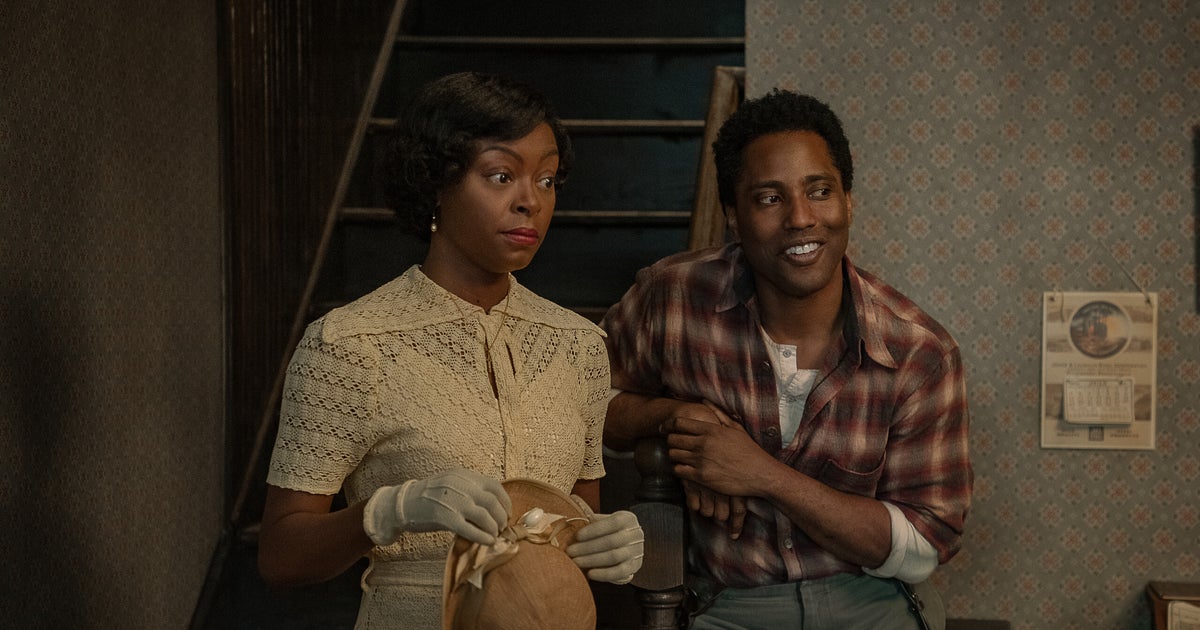
![Lisa (Blackpink) at F1 Grand Prix of Las Vegas [11-23-2024]](https://celebmafia.com/wp-content/uploads/2024/11/lisa-blackpink-at-f1-grand-prix-of-las-vegas-11-23-2024-11_thumbnail.jpg)
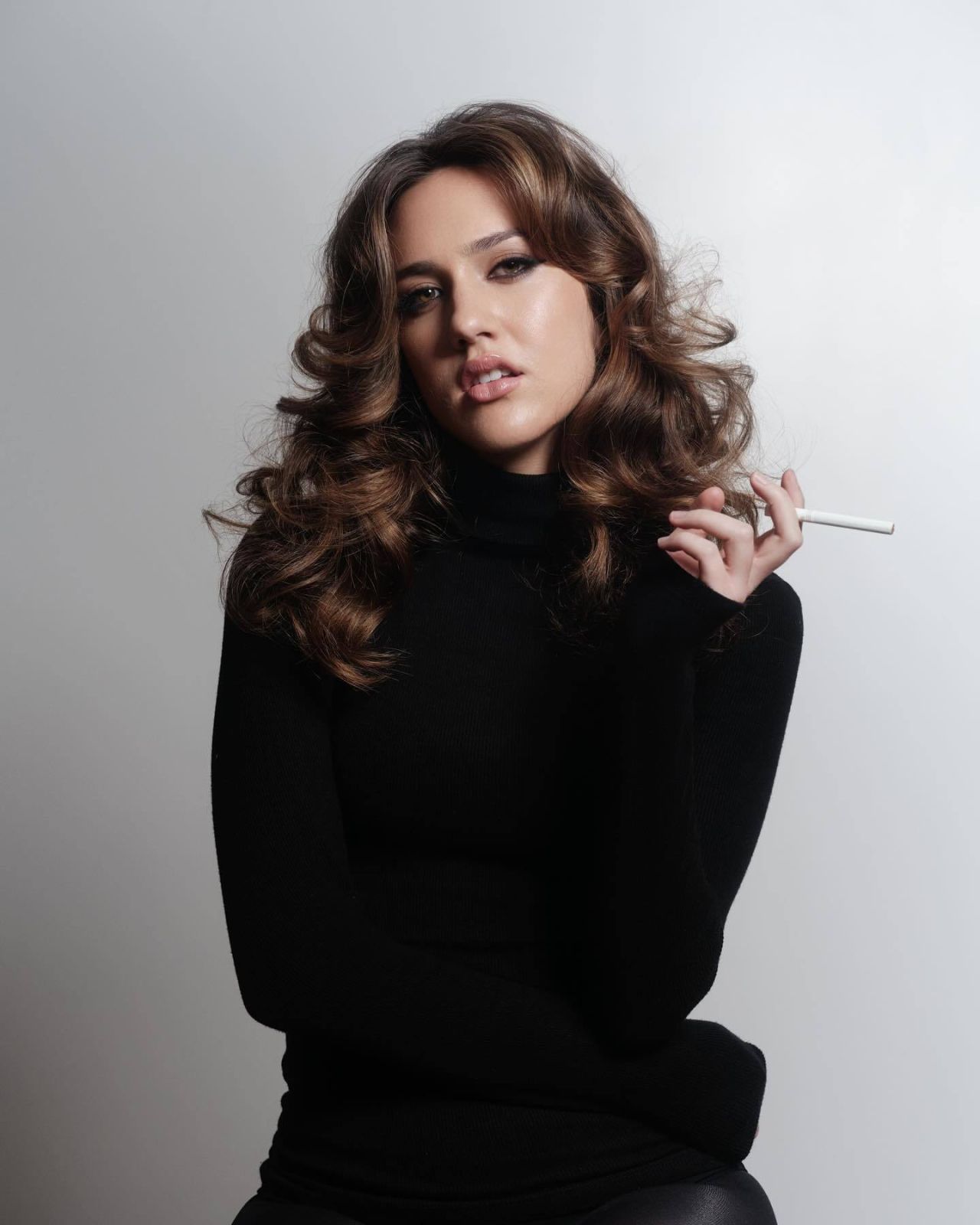
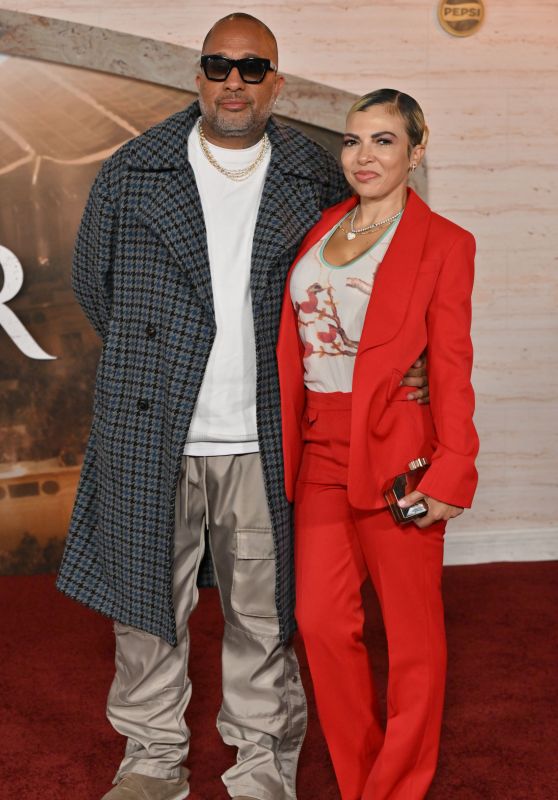
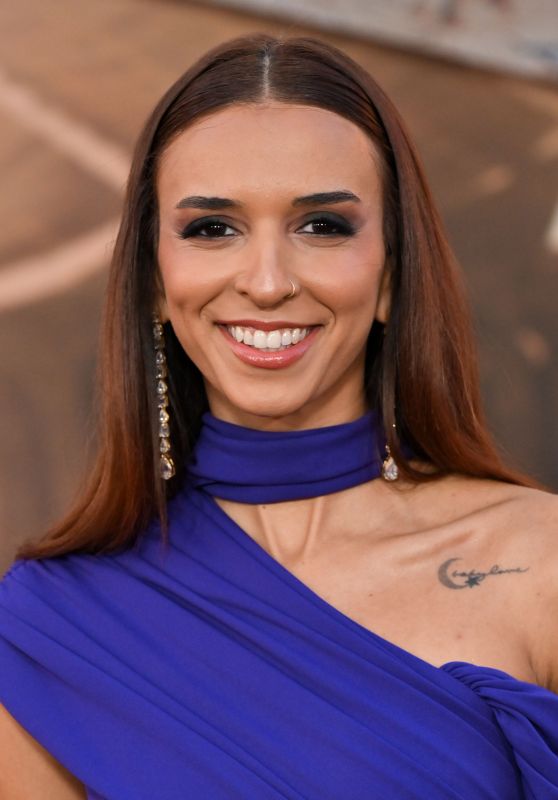
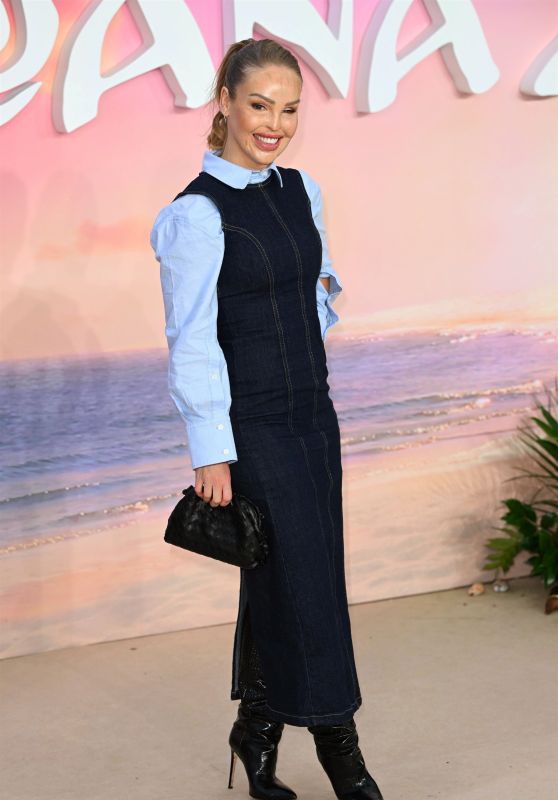

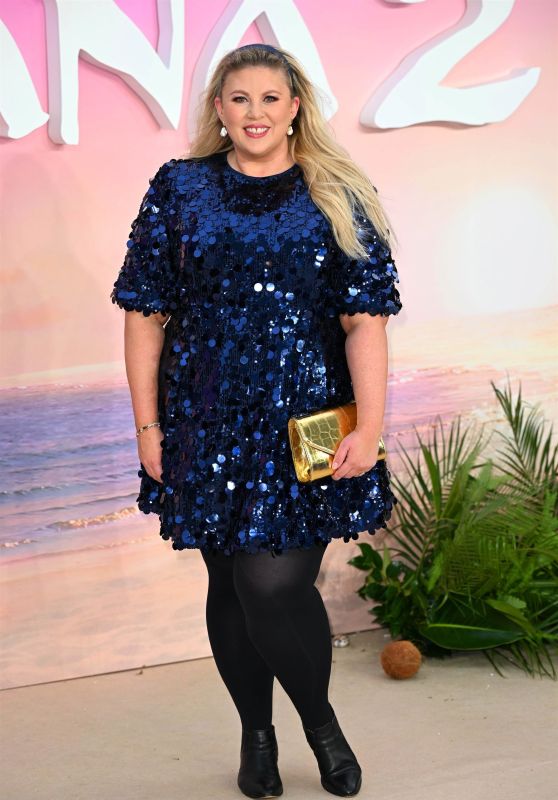
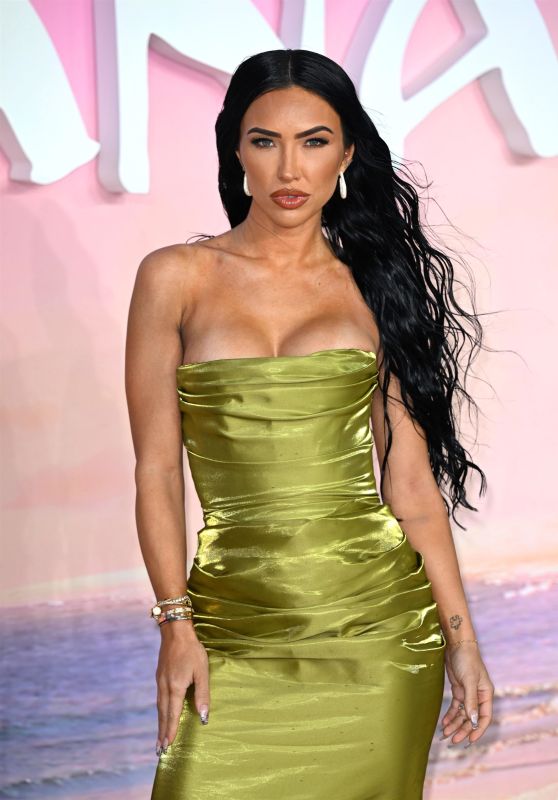
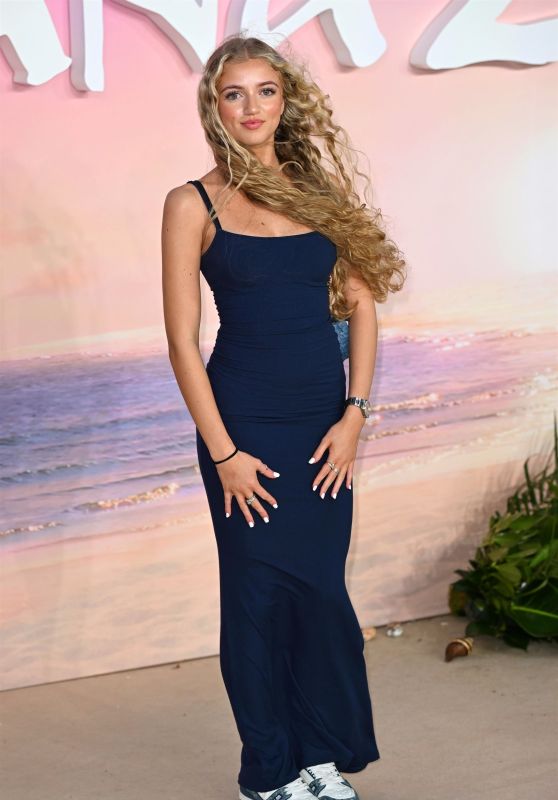
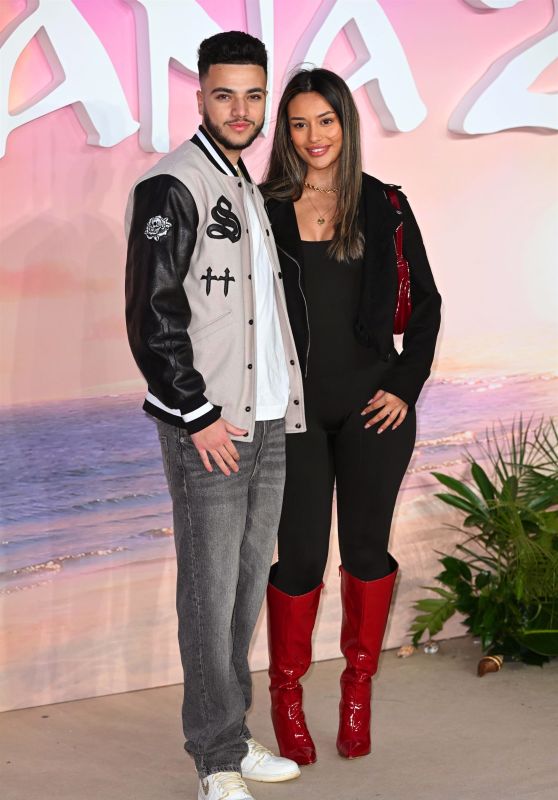







 English (US) ·
English (US) ·